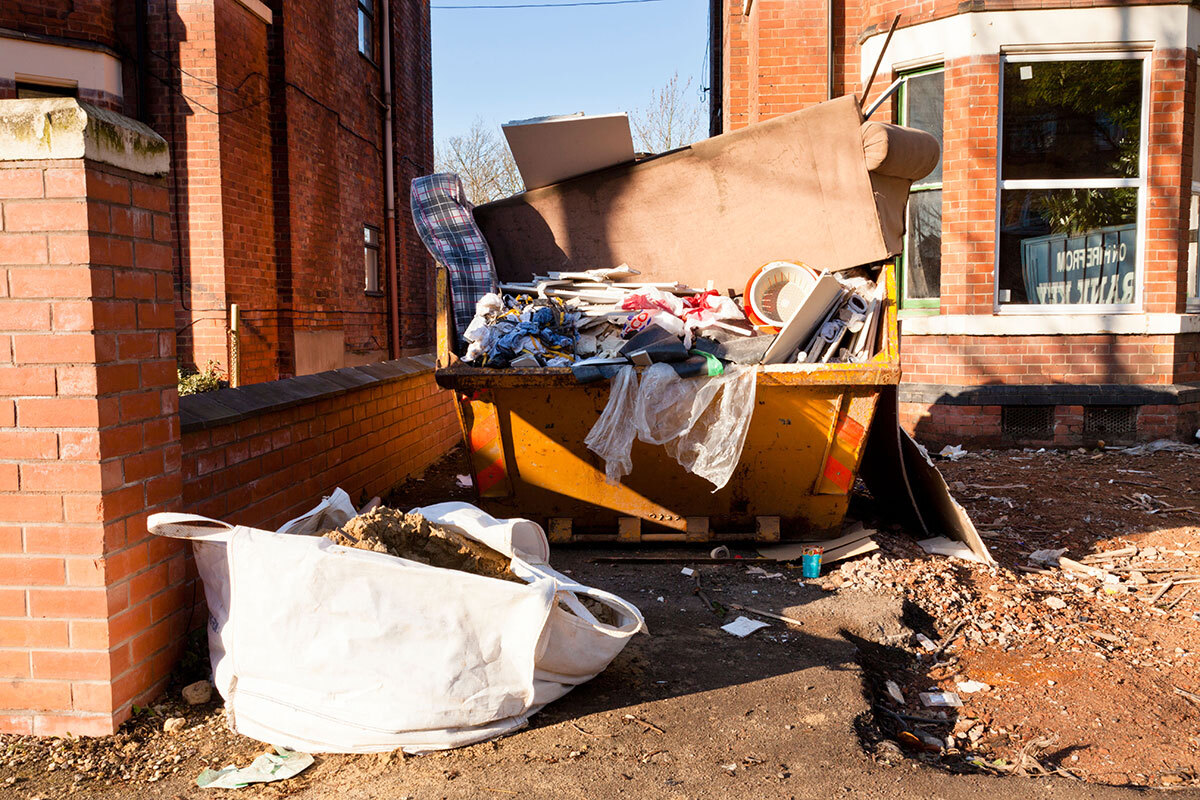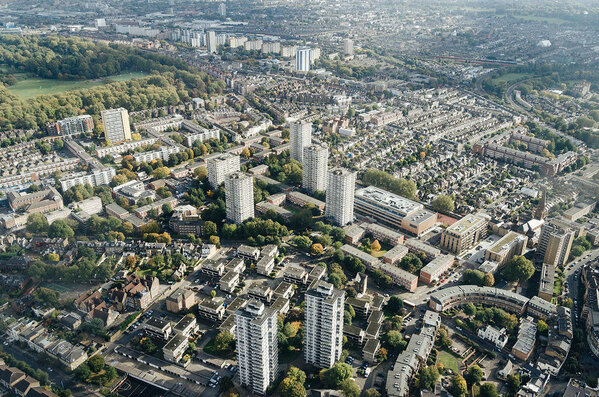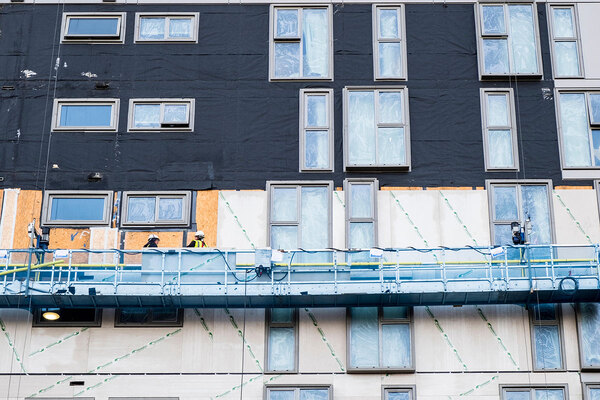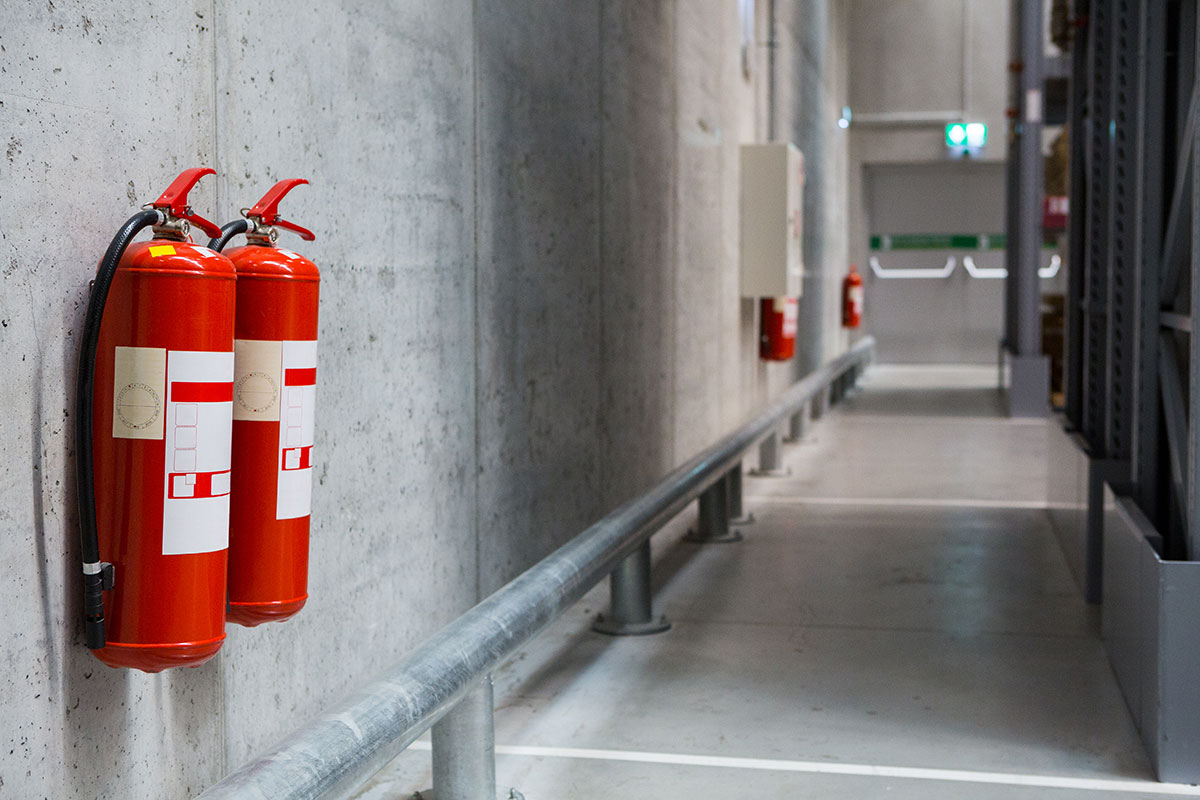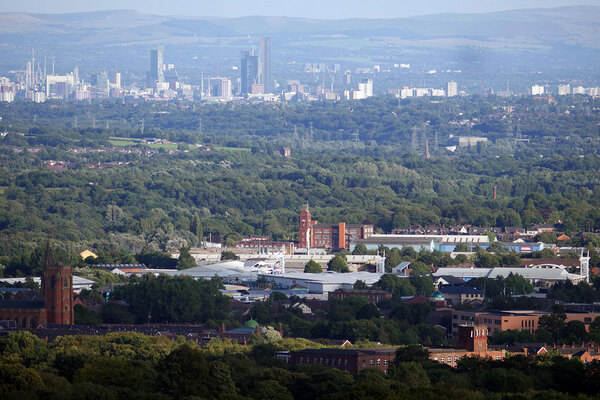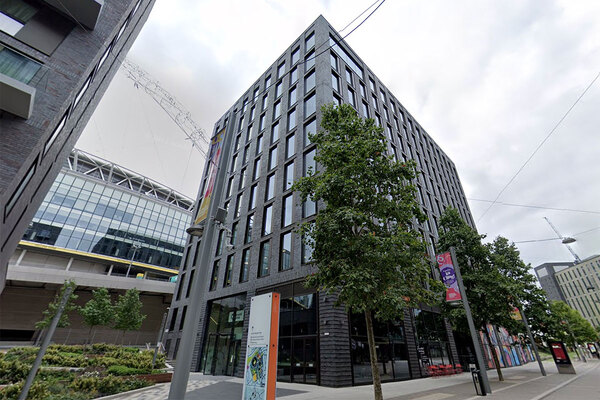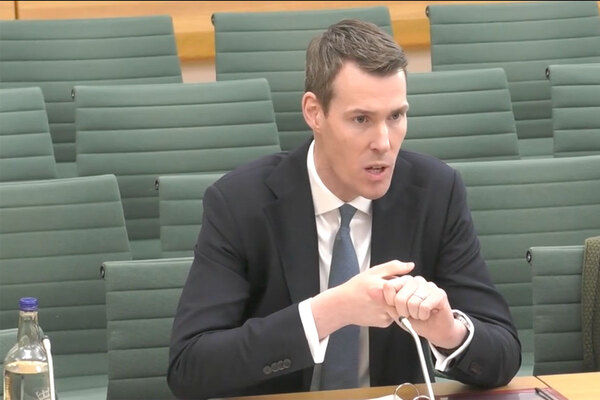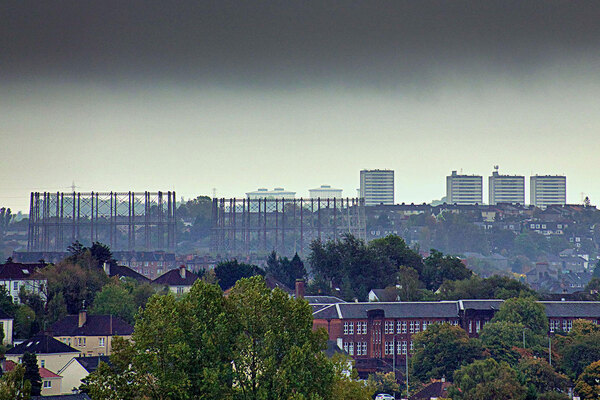Smoke vents at risk of being blocked during remediation work, building safety scheme warns
Smoke vents are at risk of being blocked during cladding remediation work, making them “inoperable”, a building safety organisation has cautioned.
The UK branch of Collaborative Reporting for Safer Structures (Cross UK), a confidential safety-reporting scheme for the building sector, issued a red alert last week after receiving several reports of vents being made “inoperable”.
These included cases where façade materials were being replaced, leaving vents out of action for months.
“If smoke cannot be released from the building, it could hamper the escape of occupants and the ability of the fire and rescue service to fight the fire,” Cross UK said.
Automatic opening vents (AOVs) were at particular risk of being blocked inadvertently, it said, because they are often designed to look like normal windows.
“An AOV might easily be rendered inoperable by a scaffold pole, temporary masking, the storage of materials, or adjustments to cladding,” Cross UK said.
The alert warned that even if the windows were recognised as being different, “their important role in the fire safety strategy may not be perceived”.
In one case, contractors “improperly disconnected the AOVs from their electrical components”. In another, new cladding was fitted onto the frame of the existing AOVs.
Cross UK advised those responsible for fire safety to make sure fire risk assessments reflected any changes created by building work, and pointed out that there was an increased risk of fire during construction work.
“Where mitigation measures remain inadequate to control the risk, consideration should be given as to whether the building remains safe to occupy,” it said.
“This is particularly relevant for buildings with combustible cladding during its removal work.”
The alert also suggested that the principal contractor should identify all AOVs and potentially set up temporary signs. “Consideration should also be given by industry to providing permanent, but discrete, signage on AOVs.”
The Cross scheme is supported by the Institution of Structural Engineers, the Institution of Civil Engineers and the Institution of Fire Engineers.
Last week, the National Audit Office called on the government to set milestones for cladding remediation. It revealed all works will not be complete until at least 2035 and will cost £16.6bn.
The Public Accounts Committee also recently opened an inquiry into cladding remediation, which will include a discussion of the government’s approach to risk around building safety.
The Building Safety Regulator has been contacted for comment.
Sign up for our fire safety newsletter
Already have an account? Click here to manage your newsletters
